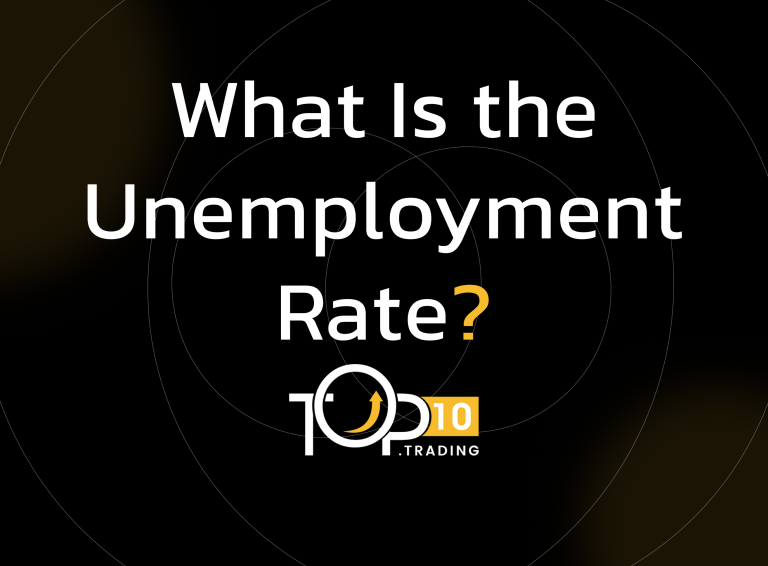Unemployment Rate Definition

The unemployment rate is the percentage of the total labor force that is actively seeking work but currently unemployed. It serves as a key indicator of economic health, influencing government policy, interest rates, and market sentiment. For traders and investors, this metric offers insights into potential economic growth or contraction.
Key Takeaways
- The unemployment rate measures the proportion of people in the labor force who are jobless and seeking employment.
- It is a lagging economic indicator often used to assess the health of the economy.
- A rising unemployment rate may signal economic slowdown or recession.
- Central banks monitor unemployment closely when setting monetary policy.
- Market participants use it to anticipate changes in interest rates and economic momentum.
How the Unemployment Rate Works
The unemployment rate is typically reported monthly by national statistics agencies (e.g., the U.S. Bureau of Labor Statistics). It is calculated as:
Unemployment Rate = (Unemployed Individuals / Labor Force) × 100
The labor force includes people who are working or actively looking for work. Individuals not seeking employment—such as students, retirees, or discouraged workers—are not counted in this figure.
Examples of the Unemployment Rate in Action
- U.S. Non-Farm Payrolls Report (NFP): Includes unemployment rate data that can cause significant market volatility upon release.
- A drop from 4.2% to 3.8% unemployment might boost investor confidence and strengthen the national currency.
- A sharp increase in unemployment could lead central banks to consider rate cuts or stimulus programs.
Benefits of Tracking the Unemployment Rate
- Macro Insight: Offers a snapshot of economic strength or weakness.
- Market Timing: Influences monetary policy decisions and market trends.
- Risk Management: Helps traders anticipate shifts in economic cycles.
- Currency Forecasting: Can affect forex markets, especially for major economies.
Costs and Limitations
- Lagging Indicator: Often reflects economic conditions that have already occurred.
- Doesn't Show Underemployment: Doesn't account for people working part-time who want full-time jobs.
- May Misrepresent Reality: People who stop looking for work are excluded, potentially understating joblessness.
- Short-Term Market Volatility: Monthly releases can cause sudden price swings, which may not reflect long-term trends.
Who Uses the Unemployment Rate?
- Economists and Policymakers: To guide decisions on interest rates, stimulus, and fiscal policy.
- Investors and Traders: To assess potential impacts on stock indexes, bonds, and currencies.
- Businesses: To forecast consumer demand and labor costs.
- Analysts: To compare employment trends across regions or time periods.
